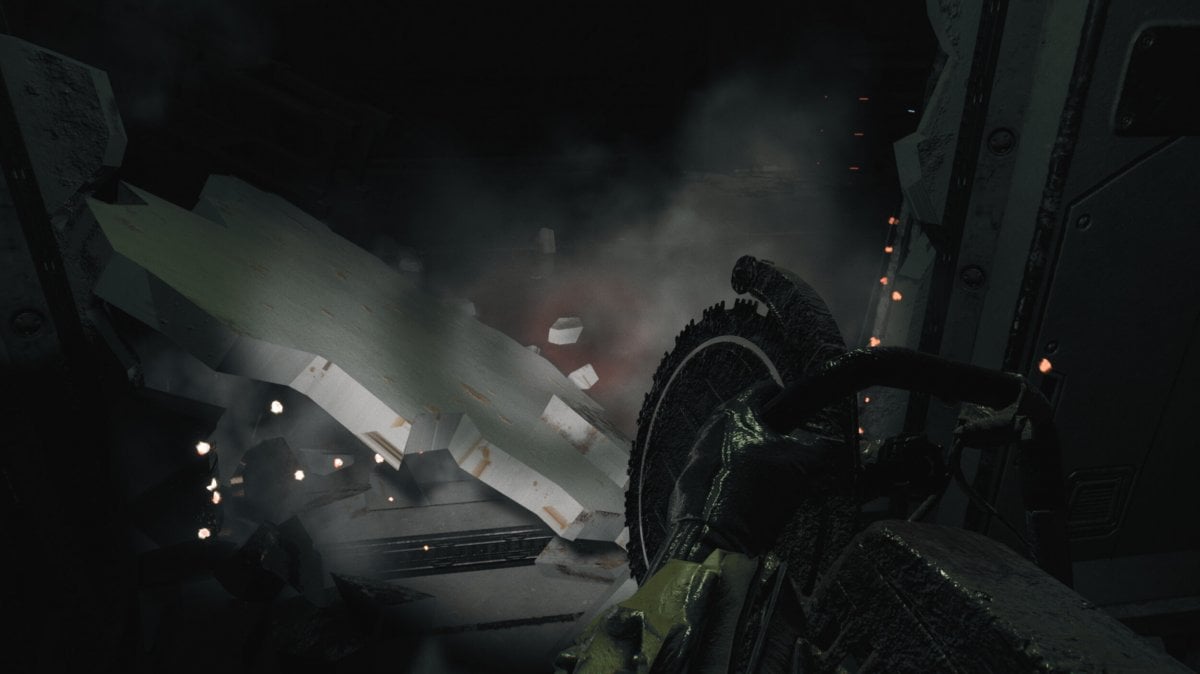What are the new amnesties and amnesties for the misuse of buildings for terraces, balconies and awnings for individual and real estate homes? Several new automatic and free amnesties for building violations have been made for both individual homes and condominiums, and are in effect along with the normal procedure for seeking amnesty for building violations. Let’s see what they are and what to expect.
- New amnesties and pardons for the misuse of buildings for porches, balconies and awnings in individual homes
- Building violations in the condominium and a new amnesty and possible amnesty
New amnesties and pardons for the misuse of buildings for porches, balconies and awnings in individual homes
When porches, porches, and awnings are built both in individual homes and in apartment homes without a specific building permit, permit or other building deed being requested from the relevant municipality, there is construction abuse, which must be addressed to avoid penalties and demolition.
Currently there are many amnesties and amnesties for violations of the construction of porches, porches and sheds in individual homesMany of them can now run automatically and are free, but only applicable where there are small build differences.
When small buildings in individual houses, in terraces, such as verandas, or sheds are not declared, and a building is violated, in order to avoid penalties and demolition, it will be necessary, by law, to address them. Correction of misuse of the building is a procedure that must be requested from the relevant municipality, but the current laws also provide for a new automatic amnesty, that is, it applies without the need to ask for any amnesty.
The first automatic and free building amnesty valid for building violations in individual homes or for verandahs, canopies or porch work is the one that allows you to address building abuse carried out within 2% tolerance limit In cases of non-compliance with the height, detachments, cubing, surface with respect to the procedures stipulated in the permit.
The 2% discrepancy should result between the project and the actual working condition, linking the project dicing to the real place and is only valid for small construction discrepancies.
Another automatic amnesty that is issued for unauthorized home construction and occupancy is the amnesty for building violations that do not violate urban planning and building regulations. It does not affect the usability of the property, for example if a small veranda or canopy is built, perhaps by making windows or closing them in other ways, and in the case of minor excesses declared by a qualified technician to certify the legal condition of the buildings.
For minor building violations in individual houses, balconies, balconies and awnings, it is also possible to resort to an amnesty which, as ruled by the Court of Cassation, provides, Replacing the demolition penalty with moneythe possibility is valid only if the competent department evaluates the replacement of the demolition of an illegal building with the payment of a fine in the executive stage of the procedure, following the demolition order and independent of it.
The financial penalty instead of the demolition of illegal buildings in individual houses is completely unimaginable for the actions that are carried out in the complete absence of a building permit. If the law does not allow the illegally built building to be complied with in one house, the verandah will be demolished.
For unauthorized verandahs and sheds or other minor infringements in individual homes, amnesties are issued For 2003, valid for bodies with an increase in volume within 30%. According to what the Court of Cassation determined, the amnesty for building excesses in individual houses such as balconies, sheds, and balconies applies to:
- The illegal works were completed by March 31, 2003;
- Works that did not lead to an expansion of the building beyond 30% of the original construction volume or alternatively an expansion of more than 750 cubic metres.
As for new buildings, the amnesty shall not be valid unless the following conditions are met:
- If it is a residential building.
- Each application for settlement qualification does not exceed 750 cubic meters;
- New construction does not exceed a total of 3000 cubic meters.
Building violations in the condominium and a new amnesty and possible amnesty
The amnesty for small building violations just reported also applies to construction violations in condominiums, which, by law, occur when works are carried out in condominiums without the approval of management or if they are carried out in full or partial non-compliance with the project submitted and approved.
and example of Building abuse in condominium homes The construction of a veranda to be done without asking for any permit, if it is due. Therefore, cases of construction excesses in residential units include the following:
- Interventions are made in the absence of authorization or in complete non-compliance;
- Interventions have been duly approved but have been revoked by management in the framework of self-protection; rescinded by a judgment of the administrative judge;
- interventions of a fundamental difference from the approved project;
- Interventions even in partial contradiction with regard to the approved project.
For building misconduct in a condominium, a request for amnesty must be submitted to the municipality, with a receipt of payment of double the construction fees, from the owner of the apartment complex or from the perpetrator of the assault. If the lapse of the building misconduct offense has not been reported after two months, the application is considered rejected.
The recent simplification decree makes it possible to address building violations in residential units by making them part of extraordinary maintenance activities, for which the permit does not need to be issued in advance, and not in building renovation interventions.





